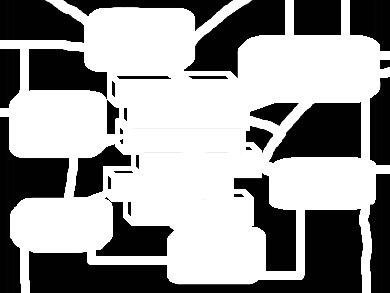Every chemist knows the tedious task of translating a chemical structure into a name or vice versa. For some time there are software tools available that allow the generation of chemical names from structural inputs and the reversal of these systematic names back to the original chemical structure.
Antony John Williams, Royal Society of Chemistry (RSC), Wake Forest, NC, USA, and Andrey Yerin, Advanced Chemistry Development Inc., Moscow, Russia, summarize the capabilities of existing systematic naming software algorithms and tools and review some of the challenges, limitations, and future challenges for development.
In their opinion these software packages can outperform the majority of chemists in generating accurate chemical names. However, as there exist many variations in IUPAC rules with more than one IUPAC name per compound, the programs have their limitations. Recent efforts to implement an International Chemical Identifier (InChI) have demonstrated success in using an identifier to link across databases and enable to search for structures in the Internet. However, the InChI can hardly be considered as a suitable replacement of the chemical name. IUPAC have been initiating a project to devise rules to generate a Preferred IUPAC Name (PIN). This is expected to soon be used in the nomenclature software packages.
As new chemical classes will be developed, IUPAC naming conventions and rules will continue to develop. Software algorithms will encode this continued development to deliver fast, efficient, and increasingly accurate results. Therefore, Williams and Yerin think it unlikely that chemists will learn nomenclature in the near future.
- Automated systematic nomenclature generation for organic compounds,
Antony John Williams, Andrey Yerin
WIREs Comput. Mol. Sci. 2013, 3, 150–160.
DOI: 10.1002/wcms.1118




